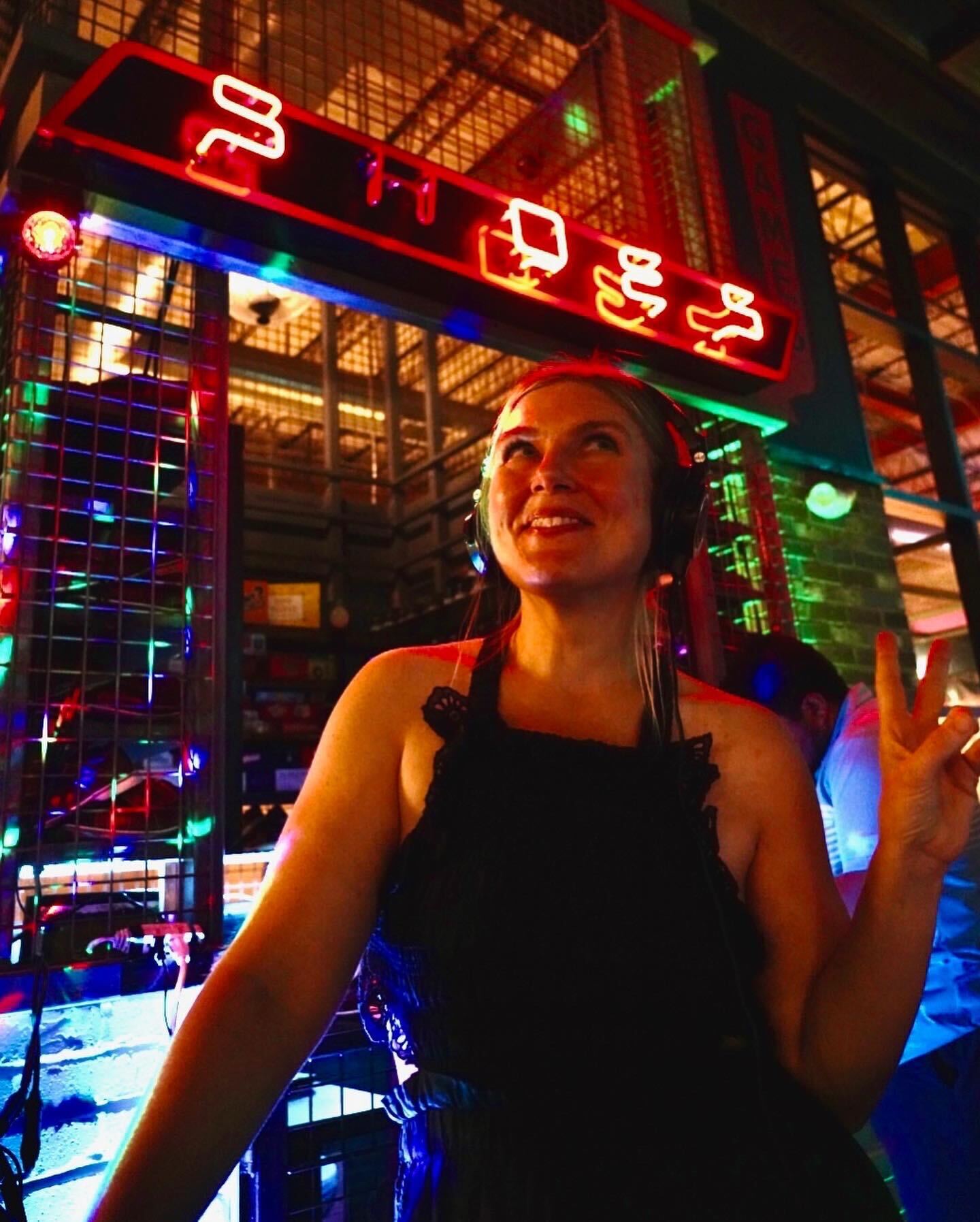
This story is part of a reporting project to understand how public money supports arts and culture in Colorado and the impact that it has.
Colorado has certified six new creative districts. And the office that oversees the program is trying to do more with less money to distribute.
The new districts are in Breckenridge, Carbondale, Crested Butte, Fort Collins, Mancos and the Golden Triangle neighborhood in Denver. The program rewards communities like these across the state that have made big strides to support their artists and creative businesses.
“It is an economic development strategy as well as a community development strategy,” Colorado Creative Industries director Margaret Hunt says. "There’s this benefit of co-locating creative people together. They source each other, they support each other, they inspire each other."
Colorado Creative Industries (CCI), which manages the program, is Colorado's state arts agency and a division of the Colorado Office of Economic Development and International Trade.
There are 12 other states with similar cultural district programs, according to the National Assembly of State Arts Agencies. And two other states now have legislative approval to start their own. CCI launched Colorado's program in 2012 after the Colorado General Assembly passed House Bill 1031 the previous year.
The six new districts will share $240,000 from the state. That money, which comes from gambling funds, provides general financial support and also covers the cost of other needs like technical and marketing assistance as well as leadership training.
As the program nears its fifth year, it continues to evolve. That means some significant changes. For one, the Boettcher Foundation no longer provides funds to the creative districts. Instead that money is going to CCI's Space to Create program, which aims to bring affordable live and work spaces for artists to rural areas.
“That’s one of the challenges that we have," Hunt says. "We have less money to deploy, and so we’re trying to do it more strategically."
As a result, CCI eliminated its "candidate" status. Up until now, districts working toward official designation had to first spend two years in an incubator-style program. On top of professional assistance in the way of training and networking, the candidate districts also received at least $10,000 combined in state funding, and from the Boettcher Foundation.
"As the number of certified districts was growing, the pool of candidates was taking up a lot of our resources and time," Hunt says. "Our finite resources did not match the increased demand so we had to think about it differently."
Now districts eyeing certification can turn to "Call Yourself Creative" -- an online guide with access to various resources like webinars and research.
"Any neighborhood or community can call themselves 'creative,' they don’t need our permission. And we want to encourage that," Hunt says. "And then when they get to a level of development where they’ve really got things going, then they should apply to be certified."
Hunt says that financial sustainability is a big factor when choosing Colorado’s Creative Districts. There are now 18 total, and Hunt says the bar for applicants continues to rise. For example, the program now looks for districts that have paid staff as opposed to just volunteers and involvement in the real estate market.
"These are much more sophisticated financial conversations than we had in the beginning," Hunt says.
Additional factors include district characteristics, management and planning strategies and community support. This year, a review panel evaluated 15 applications and made site visits to the eight finalists. The panel had representatives from the Colorado Department of Transportation, the Colorado Tourism Office and the Colorado Innovation Network.
And as the program expands, the selection criteria has become more nuanced, Hunt says.
"If one district is in a small, rural area, we make look at the overall concentration of creatives within that community," she says. "Whereas with another district, if it's urban, we may look at how integrated they are with the governance system, including transportation and housing, and the size of their budget."
Each district operates differently too. Some register as non-profit organizations, others as membership organizations. Some work with business improvement districts or urban renewal authorities.

The Crested Butte Creative District falls under the purview of the town government. A commission that includes public officials and artists that will manage the district.
“That’s huge because now the creative community is directly making recommendations to our town council,” says Michael Yerman, Crested Butte's planning director.
Yerman, who helps manage the district, says that direct communication can also lead to more jobs for artists.
"Instead of ordering a bike rack or a park bench from a catalog, why don’t we hire a local creative to design and build one for the same price? So that money is then recycled into the community," he says.
The Crested Butte Creative District will have a budget of around $45,000 -- including matching funds from the town, Yerman says. That money will go toward things like branding, signs for the district and programs aimed at youth and entrepreneurs.
In the long run, Yerman says he hopes the support allows the town's creative sector to withstand any economic pressures that typically threaten artists and small businesses.
Crested Butte will soon expand its Center for the Arts and officials are working with a developer to acquire an acre of land on the town's north side to try and attract a Space to Create affordable housing project.
"Crested Butte is a unique and funky little town, and the arts have been alive and well for over 30 years," he says. "So we went through a long process of making sure that we were looking at the right things for our district."
Creative districts maintain certification for five years. That means the program’s first two -- the Salida Creative District and Denver's Art District on Santa Fe -- must reapply next year.









